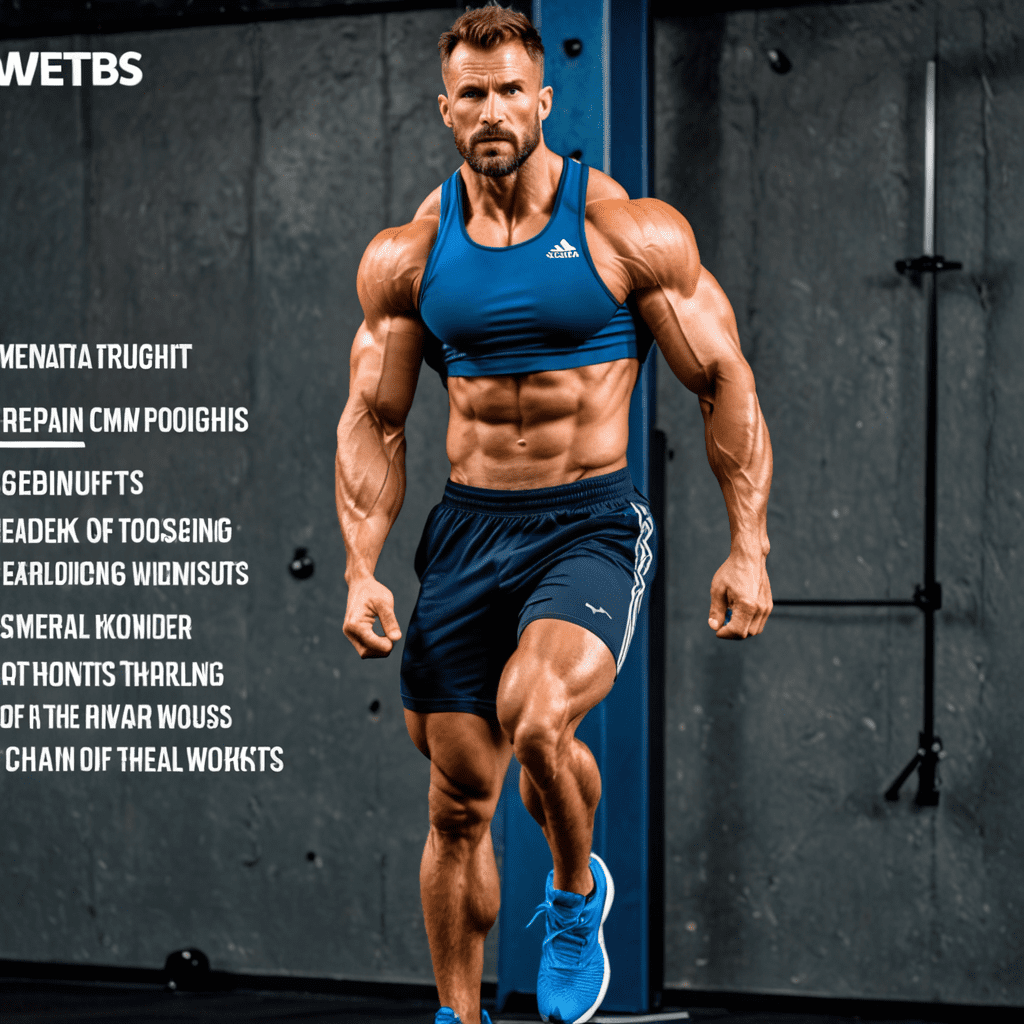Posture Improvement for Tennis Players: Enhancing Agility
1. Introduction
Tennis is a physically demanding sport that requires a high level of agility and coordination. Maintaining good posture is essential for maximizing performance and minimizing the risk of injury.
Importance of Posture in Tennis:
- Power and Efficiency: Good posture allows for optimal muscle activation and force generation, leading to more powerful shots and efficient movement.
- Agility and Balance: Proper postural alignment improves balance and stability, allowing for quick changes in direction and improved footwork.
- Injury Prevention: Poor posture can put excessive strain on joints and muscles, increasing the risk of injuries such as back pain, shoulder impingement, and tennis elbow.
Impact of Posture on Agility:
- Restricted Movement: Poor posture can limit the range of motion in the joints, hindering agility and quick reactions.
- Reduced Power and Efficiency: Improper alignment can decrease leverage and muscle activation, reducing power and shot efficiency.
- Increased Risk of Injury: Compensatory movements due to poor posture can lead to muscle imbalances and increased joint stress, making players more susceptible to injuries.
Overview of the Program:
This guide provides a comprehensive program for improving posture and enhancing agility in tennis players. It covers key elements of good posture, common mistakes, exercises for correction, and specific postural adjustments for different strokes. Additionally, it emphasizes the importance of stretching and warm-up, monitoring progress, and continued practice.
By implementing these strategies, tennis players can significantly improve their posture, agility, and overall performance on the court, while reducing the risk of injuries.
6. Specific Postural Corrections for Tennis Stroke
Forehand
Common Mistakes:
- Rounding the back
- Dropping the shoulder
- Leaning back on the back leg
Corrections:
- Keep a straight back with a slight bend at the knees.
- Maintain shoulder height and engage the core muscles.
- Transfer weight forward onto the front leg during the swing.
Backhand
Common Mistakes:
- Lifting the head
- Hunching the shoulders
- Stepping forward with the front foot
Corrections:
- Keep the head down and in line with the spine.
- Relax the shoulders and engage the back muscles.
- Step sideways into the ball with the front foot.
Serve
Common Mistakes:
- Arching the back
- Dropping the racket head
- Tossing the ball too high or low
Corrections:
- Maintain a flat back with a slight forward lean.
- Keep the racket head up and in front of the body.
- Toss the ball at a consistent height.
Volley
Common Mistakes:
- Raising the racket too high
- Leaning back
- Stepping backward
Corrections:
- Keep the racket head level with the net.
- Lean forward slightly and engage the core muscles.
- Step forward into the ball.
7. Drills for Enhancing Agility
Footwork Drills:
- Ladder drills
- Cone drills
- Shadow tennis
- Mirror drills
Reactive Drills:
- Ball drop drills
- Reaction ball drills
- Partner drills
Additional Tips:
- Start with simple drills and progress gradually.
- Focus on quick feet and efficient movements.
- Practice regularly to build muscle memory.
8. Importance of Stretching and Warm-Up
Benefits of Stretching:
- Improves flexibility
- Reduces muscle soreness
- Increases range of motion
Dynamic Warm-Up Exercises:
- Light jogging
- Jumping jacks
- Arm circles
- High knees
Additional Tips:
- Stretch all major muscle groups, especially the legs, back, and shoulders.
- Hold each stretch for at least 15 seconds.
- Perform dynamic stretches before each practice or match.
9. Monitoring Progress
- Track postural changes using photographs or video recordings.
- Measure agility improvement with timed drills or agility tests.
- Monitor performance and adjust training accordingly.
10. Conclusion:
By improving posture and enhancing agility, tennis players can elevate their game to the next level. Implementing the strategies outlined in this guide can lead to increased power, efficiency, balance, and injury prevention. Remember to be consistent with practice, monitor progress, and consult with a qualified coach or trainer for further guidance.
FAQ:
Q: How often should I practice these exercises?
A: Aim for at least three times per week, focusing on both posture and agility drills.
Q: Are there any exercises that I should avoid?
A: Avoid exercises that cause pain or discomfort, and always consult with a healthcare professional if you have any concerns.



